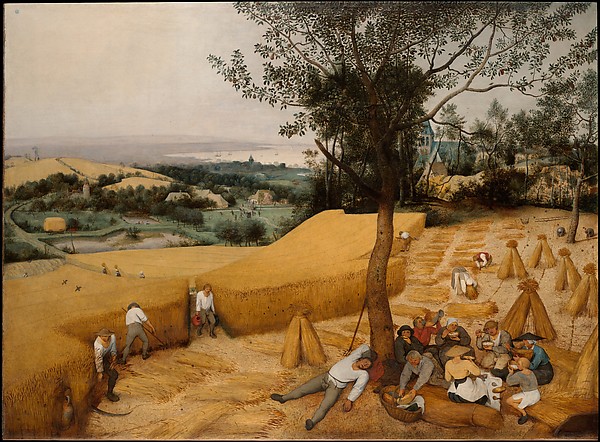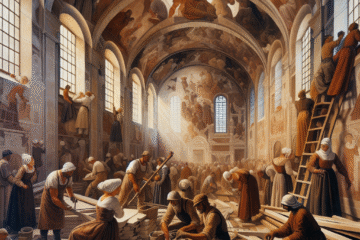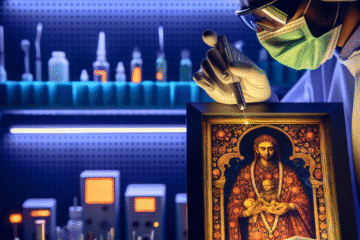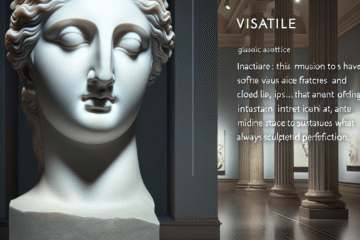
“
That old law about ‘an eye for an eye’ leaves everybody blind. The time is always right to do the right thing.
”
— Martin Luther King Jr.
Eyes That Kill: The Dangerous Iconography of the Evil Eye in Global Art
Introduction: The Gaze That Pierces
Since antiquity, the human eye has occupied a powerful space in the symbolic and visual cultures of civilizations across the globe. Among the most potent and enduring of these motifs is the ‘evil eye’—a mysterious force believed to bring misfortune, illness, or even death through a malevolent gaze. But what makes a look so powerful that it must be restrained through art, ritual, and talisman? This article journeys through the complex visual history of the evil eye, tracing its volatile symbolism from Mediterranean amulets and Persian manuscripts to Mexican milagros, revealing how art has transformed the gaze into both a threat and a safeguard.
Chapter 1: Ancient Origins — The Eye as Magical Technology
In ancient Mediterranean cultures, the evil eye was less a superstition and more a lived reality. The Greeks believed that excessive praise or covetous gazes could bring calamity. To counteract this, early artists created apotropaic (warding-off) imagery: ceramic vessels with glaring owl eyes, blue-glass beads, and painted shields that stared back at their enemies. In these objects, art functioned as early psychological technology—the eye struck with symbolic aggression to confuse and repel evil forces.
The widespread use of the blue ‘nazar’ bead in Turkey and surrounding regions points to the syncretic survival of this protective imagery. Crafted from molten glass and dyed with cobalt, these eye-shaped amulets were often worn or placed in homes. Their striking appearance—bulging, wide, and unmoving—mirrored the concept that the power of the gaze could only be neutralized through another, more powerful eye.
Chapter 2: Persian Miniatures — Allegory, Intrigue, and the Sublime Gaze
From the 13th to 17th centuries, Persian miniature painting revitalized the gaze as a complex instrument not only of danger but of desire and mystical resonance. In courtly illustrations and poetic manuscripts, the eyes of lovers, royals, and metaphysical beings were emphasized with remarkable precision. Artists utilized calligraphic strokes and gold-leaf highlights to render gazes that enchanted and ensnared. The eye here blurred the line between vision and divination, often treated as a passage to divine beauty or hidden truth.
In classical Sufi philosophy, the eye became a metaphor for the inward journey—the ability to perceive beyond the material world. The Persian concept of “naẓar” encompassed both sight and insight, bridging esoteric practice with visual elegance. Thus, the artistic gaze evolved: instead of warding off, it pulled viewers deeper into layered allegories of spiritual longing and erotic fascination.
Chapter 3: The Baroque and Beyond — Catholicism, Miracles, and Votive Practices
In colonial Latin America, especially in Mexico, the eye found renewed life as part of the Catholic symbolic economy. With the Spanish conquest came a fusion of indigenous beliefs and European iconography. The ex-voto—small paintings or metal plaques offered in thanks for divine intervention—commonly featured eyes, either as standalone motifs or within scenes depicting miraculous healings.
Perhaps most visually gripping are the “milagros”—tiny metal charms shaped like body parts, including eyes, which were affixed to sacred sites. These were deeply personal offerings and acted as physical requests for protection or healing. The eye was both a site of vulnerability and a sign of divine surveillance; under Catholic dogma, God’s omniscient gaze watched over all, for better or worse. These artifacts illustrate a merging of fear and faith, imprinted with deep-rooted cultural anxieties that art sought to exorcise or contain.
Chapter 4: Modernism and Psychoanalysis — The Eye Turned Inward
As the 20th century unfolded, the evil eye underwent a philosophical transformation. Modernist artists, influenced by the rise of psychoanalysis, began to explore the gaze not as an external force but as a psychological one. Surrealists like Salvador Dalí and Man Ray turned the motif into a symbol of the unconscious, desire, and traumatic fixation. In Dalí’s “The Eye of Time,” a jeweled eye becomes a brooch—luxurious and disturbing, fusing vanity with vulnerability.
Freud’s theories of scopophilia—the pleasure derived from looking—greatly influenced this era’s iconography. The eye came to represent the fragmented self, the act of surveillance, and the anxiety of being watched. It was no longer merely a protective charm but a symbol overloaded with psychological and social implications: the guilt of the voyeur, the threat of exposure, the danger of self-reflection gone awry.
Chapter 5: Digital Eyes — Surveillance, Identity, and the Postmodern Amulet
In our contemporary era, the evil eye persists, albeit in new guises. With facial recognition technology, social media, and omnipresent surveillance, the gaze is embedded in our digital lives. Artists have responded accordingly. In installations by contemporary figures like Hito Steyerl or Trevor Paglen, the eye serves as a critique of techno-capitalism: screens that watch back, algorithms that judge, data that ‘sees’ what we do before even we do.
Meanwhile, the evil eye has found new meaning in fashion and popular culture. Jewelry, wall hangings, and digital avatars frequently replicate the ancient apotropaic image, as if consumers seek protection not from witches but from the overwhelming gaze of the internet. Here, art enters the realm of contemporary talisman: aesthetic, symbolic, and defensive expressions wrapped into one.
Conclusion: Watching and Being Watched
From the mystic enchantments of Persian poetry to AI’s invisible observer, the evil eye persists because it speaks to an eternal truth: to see is to have power, and to be seen is to be vulnerable. The art history of the evil eye tracks more than just visual objects—it maps a terrain of human fear, envy, longing, and resistance. In every painted pupil, every charm or digital screen, the act of looking remains deeply, uncomfortably human.

Image description:
Nazar boncuğu Türk’lere tarih boyunca kem gözden ve nazardan korunmak amacıyla kullanılmaktadır.
License:
CC BY-SA 4.0
Source:
Wikimedia Commons
Useful links:


